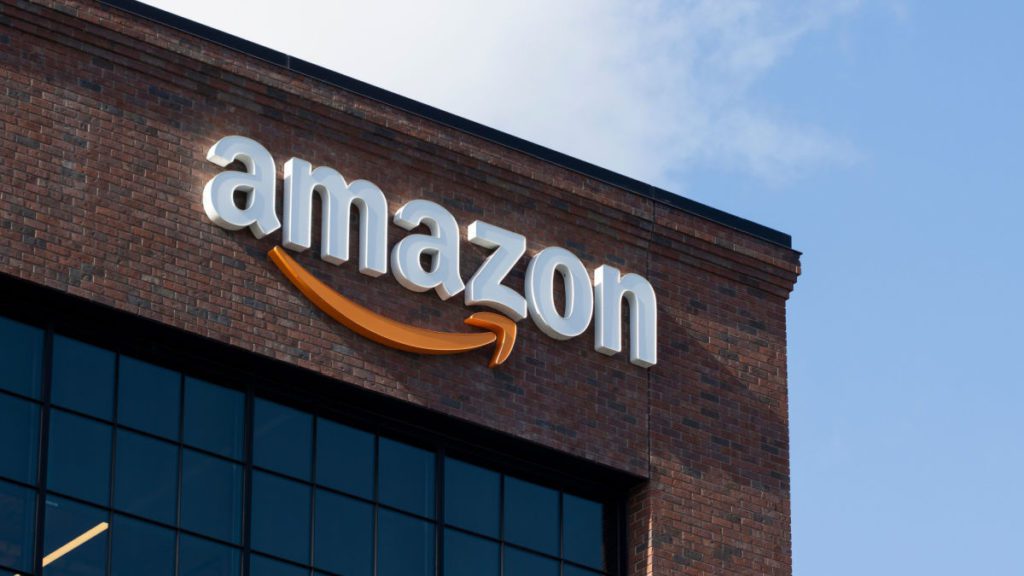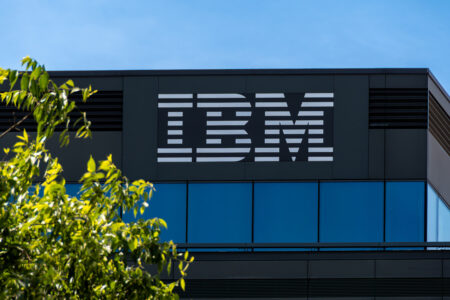
Adapting to evolving market needs in today’s uncertain times, AWS is helping customers manage “the highs and lows of inflation” with new services and technologies, Amazon CFO Brian Olsavsky said last week.
That theme of being on the front lines in the battle against raging inflation emerged as the primary message about the high-flying AWS cloud unit on Amazon’s Oct. 27 Q3 earnings call.
AWS’s financial results for Q3 can be viewed in a couple of different ways depending on where you sit on the half-full/half-empty continuum.
- For the first time, AWS topped $20 billion in quarterly revenue, which rose 27% to $20.5 billion. Can you name any other industry in which companies with annualized revenue of more than $80 billion are growing at 27%? Or even half that number? (You can check out Amazon’s Q3 release here.)
- So, compared to Q3 of 2021, AWS added about $4.5 billion in new revenue in the past year — which shows enormous confidence from customers that AWS is indispensable to their operations.
- But, on a sequential basis, the growth rate for AWS dipped from 33% in Q2 to 27% in Q3. Yes, there can be seasonality — but it can also mean that customers’ appetite for spending dropped sharply from the quarter ended June 30 to the one ended September 30. While Microsoft experienced similar declines, Google Cloud’s growth rate climbed from 36% in Q2 to 37.5% in Q3.
- In last year’s Q3, AWS cloud revenue grew 39%, which means that this year’s Q3 figure of 27% is almost one-third lower than what AWS posted a year ago. There’s more to that drop than simply the law of big numbers that pulls down growth rates as the revenue base gets much larger.
Olsavsky sounded the antidote-to-inflation message a number of times on the earnings call, both in his prepared remarks and in the Q&A portion of the call, which featured more questions about AWS than is typical.
Here’s a sampling of Olsavky’s remarks, and I’ll begin with the one alluded to in the headline.
Hard Times Call for the Cloud. “Again, we think the benefit of cloud computing is really showing up right now because we allow customers to turn what can normally be a fixed expense into a variable expense, and they can let us manage the highs and lows of inflation and other costs of electricity and everything else. And they can get about to do their business using our services in a very highly secure way. So I think just like in 2020, these time periods are good for long-term adoption on cloud computing.”
Very Different from Early 2020. “But the offset in the short run is that some companies have demand that drops. I think what was different in 2020 was there were companies that went down but there were also companies that went up quite a bit and were servicing high volumes during the pandemic. So that dynamic is not in place right now, and I think everyone is just cautious and they want to, again, watch their spend.”
Customers Want to “Cost-Optimize.” “With the ongoing macroeconomic uncertainties, we’ve seen an uptick in AWS customers focusing on controlling their costs. And we’re proactively working to help those customers cost-optimize, which is what we’ve done throughout AWS’ history, particularly in periods of economic uncertainty. The breadth and depth of our service offerings enable us to help customers move storage to lower-priced tiers options and shift workloads to our Graviton3 processors, which deliver a 40% better price-performance than comparable x86-based systems.”
From Fixed Costs to Variable. “We’ve been working with customers to lower their bills — they want to lower their spend when they’re faced with uncertainty in the market. That’s a very valuable point about cloud computing: It turns fixed costs into variable…. So we’re really excited about the business, both in the long term and even in the short run.”
To see more Cloud Wars content, including all recorded sessions from June’s live Cloud Wars Expo, please register here for your Cloud Wars Expo on-demand pass. The on-demand pass, which is included with your Acceleration Economy subscription, gives you access to approximately 40 hours of invaluable educational content from last month’s event.








